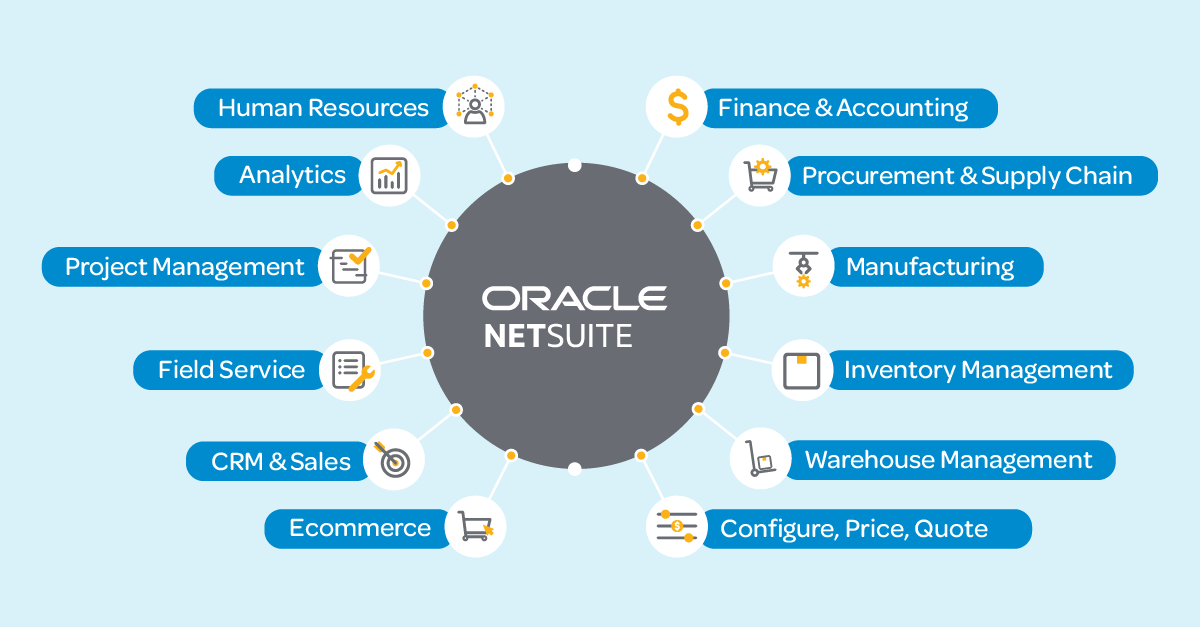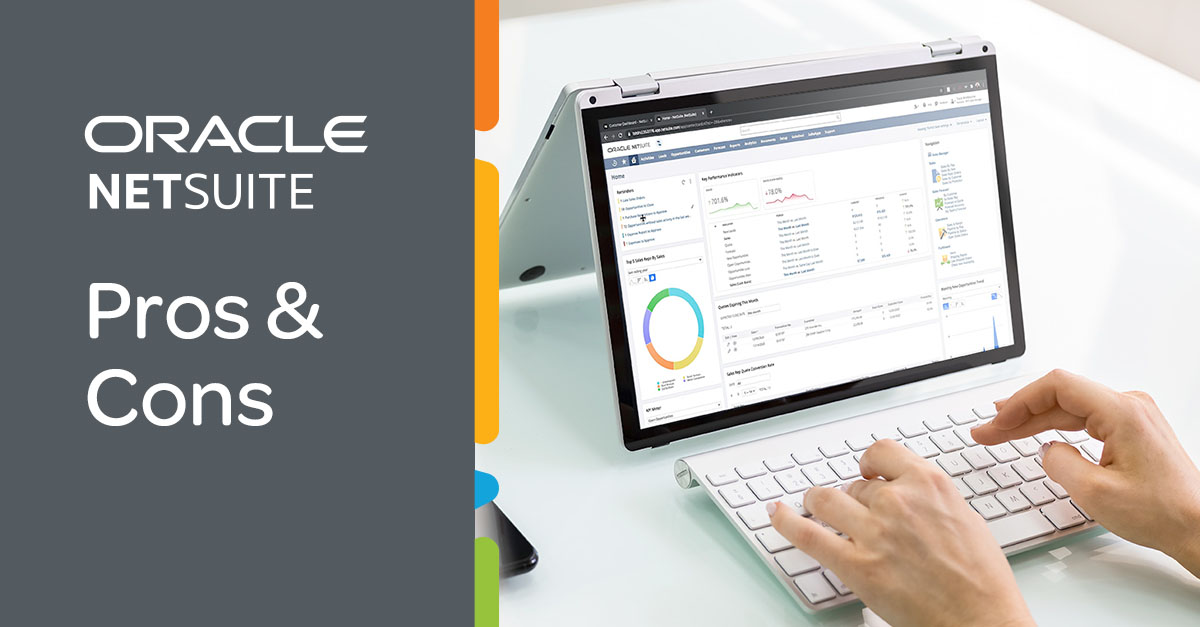SAP Business One Web Client: What You Need to Know


SAP Business One Web Client: What You Need to Know
September 04, 2025
4
min read
5 Ways Disparate Systems are Costing You


5 Ways Disparate Systems are Costing You
August 27, 2025
5
min read
Is ERP Worth the Cost? A Complete Guide to ERP ROI


Is ERP Worth the Cost? A Complete Guide to ERP ROI
August 22, 2025
3
min read
The Complete NetSuite Pricing Guide


The Complete NetSuite Pricing Guide
August 06, 2025
9
min read
Choosing ERP? Don’t Fall for These Common Sales Traps


Choosing ERP? Don’t Fall for These Common Sales Traps
July 24, 2025
6
min read
How to Choose the Right ERP Partner


How to Choose the Right ERP Partner
July 09, 2025
8
min read
NetSuite Modules Guide


NetSuite Modules Guide
June 27, 2025
8
min read
NetSuite ERP Pros & Cons: Is it the Right ERP for You?


NetSuite ERP Pros & Cons: Is it the Right ERP for You?
June 12, 2025
7
min read
How Much Does ERP Cost? [2025 Pricing Guide for SMEs]
![How Much Does ERP Cost? [A Guide for SMEs]](https://www.projectline.ca/hubfs/Feature%20Images/ERP-Cost-F-1200x627.jpg)
![How Much Does ERP Cost? [A Guide for SMEs]](https://www.projectline.ca/hubfs/Feature%20Images/ERP-Cost-F-1200x627.jpg)
How Much Does ERP Cost? [2025 Pricing Guide for SMEs]
April 25, 2025
10
min read

